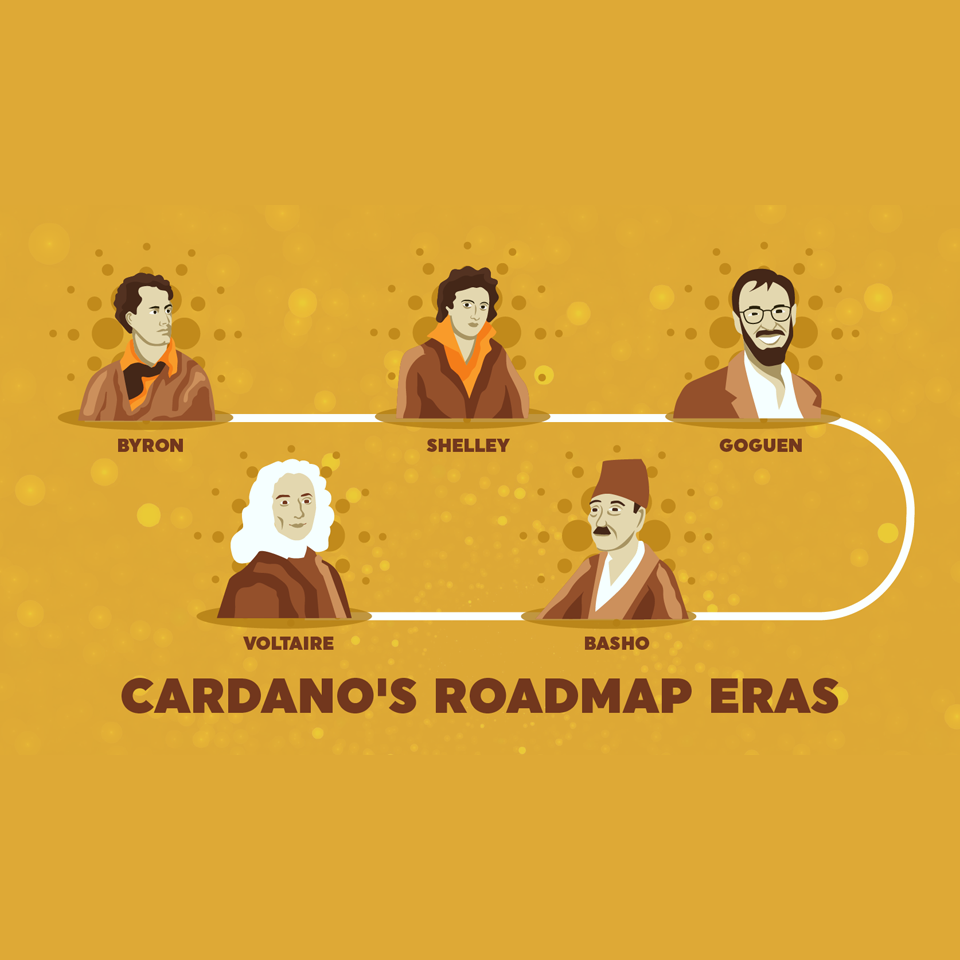
Knowledge Base
The greatly anticipated Vasil Hard Fork ushers in "Basho", the fourth Era of Cardano's planned growth and development. Before presenting a basic overview of the features of the Vasil Hard Fork and the Basho Era, I thought it would be good to review the past Eras of the Cardano Roadmap, highlight who they are named after, and see how far we've come.
The greatly anticipated Vasil Hard Fork ushers in "Basho", the fourth Era of Cardano's planned growth and development. The first three Eras of Cardano were "Byron", "Shelley", and "Goguen". Before presenting a basic overview of the features of the Vasil Hard Fork and the Basho Era, I thought it would be good to review the past Eras of the Cardano Roadmap, highlight who they are named after, and see how far we've come.
The first Era, "Byron", was named after the famous English Romantic poet, George Gordon Byron, the 6th Baron Byron. He was the absentee father of Ada Lovelace, our native token's namesake. Byron is revered as one of the most notable poets and intellects of the Romatic period of English Literature. Cardano's Byron Era began in 2017, two years after Charles Hoskinson had taken up the task of addressing the three most important qualities he believed a globally significant blockchain network and cryptocurrency should embody: scalability, interoperability, and sustainability.
Cardano was a federated system in the Byron Era running on the Ouroboros BFT protocol. Blocks could only be produced by IOHK, Emurgo, and the Cardano Foundation. It allowed us to buy and sell Ada, but delegated staking was not available therefore rewards could not be earned by delegating your Ada to stake pools for producing blocks. The desktop full-node Daedalus Byron Wallet was launched in 2017 by IOHK, and then the Yoroi Wallet was launched by Emurgo in 2018.
The second Cardano Era, "Shelley", was named after an equally influential British Romantic poet, Percy Bysshe Shelley. Shelley died at age 29, but his erratic genius produced some of the greatest works of poetry in the English language. He has been described as "one of the most advanced skeptical intellects ever to write a poem."
The Shelley Era brought us to full decentralization in 2020 with the upgrade to the Shelley Hard Fork which switched the blockchain to the Ouroboros Praos protocol. We all had to upgrade to the Daedalus Shelley Wallet. It was the beginning of delegated staking and the initial establishment of more than 1000 stake pools producing rewards for their delegators. The Shelley Era proved that Ada had the capacity to be a widely adopted, decentralized, scalable cryptocurrency asset.
The Mary Hard Fork in 2021 transisitoned Cardano from the Shelley Era bringing it closer to the third Era, "Goguen". Charles Hoskinson said, "We've had to change the tires while the car is running." The Mary Hard Fork was named after Percy Shelley's second wife, Mary Godwin Shelley, who at age 18 wrote the first ever science fiction novel, Frankenstein, published in 1820 during a time when she and Percy were both tormented by nightmares and anxieties. Eight years later she published The Last Man, one of the first post-apocalyptic dystopian novels credited with establishing the dystopian genre.
The third Cardano Era, "Goguen", was launched in September 2021, made possible by the Alonzo Hard fork. The Goguen Era added the introduction of Smart Contracts and the development of DApps to Cardano's ecosystem. Plutus, the smart contract development language, was built purposefully for this new phase using the programming language Haskel. True to Cardano's mission multiple groups of Plutus Pioneers from all over the world received remote training in Plutus and Haskell,then and practiced executing hands on applications of smart contract development. Additionally, by using Marlowe, a Domain Specific Language, business participants and those with financial expertise could create smart contracts using Marlowe Playground. Marlowe Playground enables people without programming knowledge to build financial smart contracts for real time deployment in today's business environment.
The Goguen era is named after Joseph Goguen, a prominent early computer scientist with an astonshing body of work. He recieved a BA in mathematics from Harvard in 1963, and a PhD in mathematics from UC Berkeley in 1968. His teaching career and research fellowships included UC Berkeley, USC, University of Edinburgh, IBM Watson Research Center, and Oxford. He also worked at SRI International in California for 9 years. His research focused on category theory, software engineering, algebraic semiotics, fuzzy logic, user interface design, and the social ramifications of technology. Goguen was a student of Lofti Zadeh, the founder of fuzzy set theory and fuzzy logic theory. He also studied Tibetan Buddhism under Chogyam Trungpa Rinpoche, whose teaching centers greatly influenced the culture of the late 60's and 70's. Goguen was deeply interested in human conciousness and cognition.
The Alonzo Hard Fork was named after Alonzo Church a genius mathematician, logician, philosopher, and professor. He made major contributions to computer science, and with his student, Alan Turing, is considered to be one of its founders. In 1936 Church invented Lambda Calculus as a by-product of his investigations into the foundations of mathematics.
So now we are about to enter the fourth Cardano Era, "Basho", via the Vasil Hard Fork. This new Era will will focus on enhancing current features and increasing the scalability of the network. It will upgrade the network's capabilities and performance speed, increase the transaction throughput, and lower the transaction fees. It has been described as the biggest upgrade so far for Cardano. The Vasil Hard Fork will speed up block creation to ensure blocks can be transmitted without needing a full validation. There will actually be two parts to the upgrade, the first being the Vasil Hard Fork, and then in Q3 or Q4 of 2022 the Chang Hard Fork will come on line. Diffusion pipelining will be one of the most significant upgrades which will improve the scalability of the blockchain, allowing it to support more decentralized applications (DApps). I must admit that I am way over my head with some of these terms as they apply to the user side of the experience, but here's a link to the diffusion pipelining as explained on the Cardano site.
This fourth Era is named after Matsuo Basho the 17th century Japanese haiku master. He was the most famous poet of the Endo period having written more than 1000 poems in both the haikai no renga form and the haiku form. He was a great traveler, on foot, and wrote many travel essays which had haiku interspersed with the text. During the first phase of his life he was a successful teacher who was welcomed into the highest intellectual circles, but he became disatisfied with this lifestyle and took up walking all over Japan, a pursuit he maintained for the reast of his life. One of his travels involved walking 1400 miles with only one helper/student.
The Vasil Hard Fork is named in memory of Vasil St. Dabov a dear friend and colleague of Charles Hoskinson who passed away last year. My next post will focus on Vasil and identify some correlations with the projects Cafe supports.
The Cardano Roadmap is forever looking forward and ahead, and I am more than happy to be traveling on that road with so many dedicated community members. For my part the fact that the Eras are named after dynamic thinkers of the highest order speaks well of Cardano and sheds light on the sense of purpose we all share.

|
written by: Eric Hill published at: Jul 11, 2022
|

Knowledge Base
Dec 3, 2023, by Eric Hill
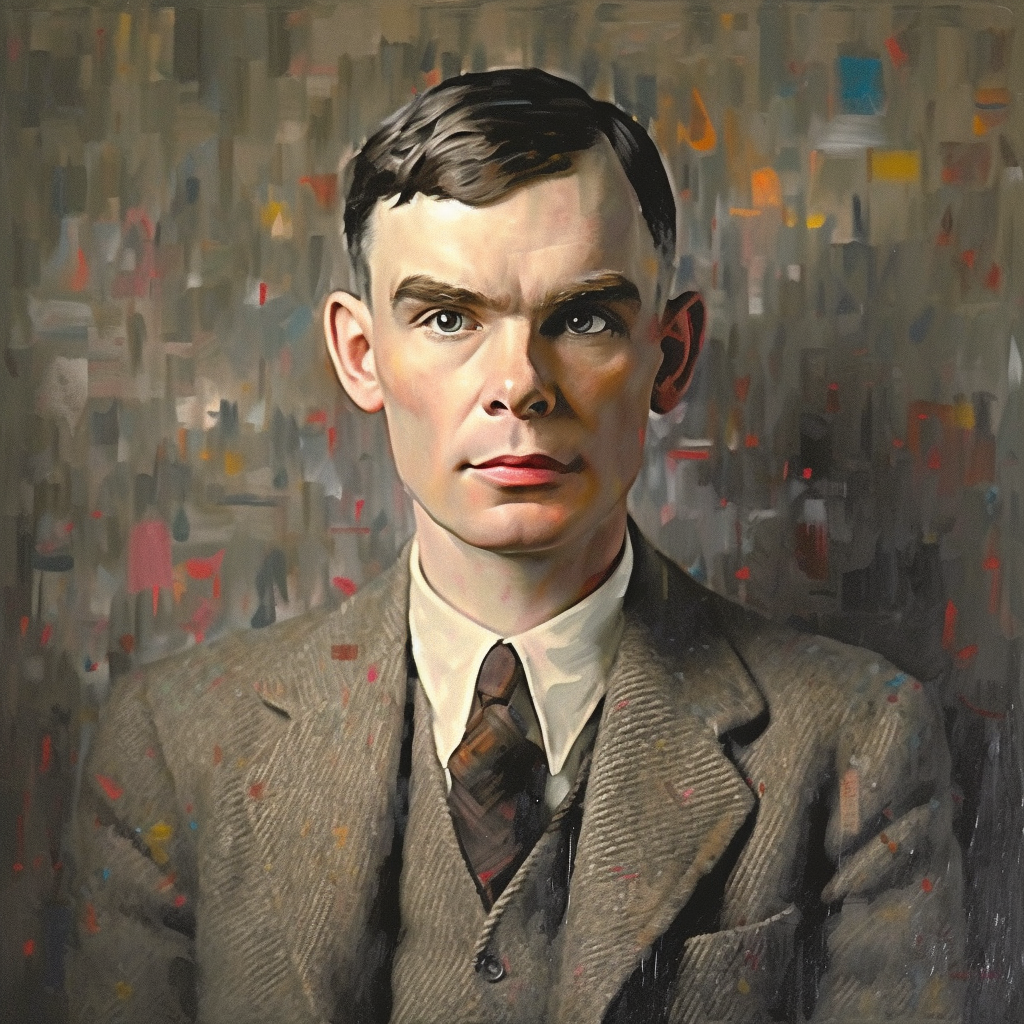
Knowledge Base
Sep 7, 2023, by Eric Hill
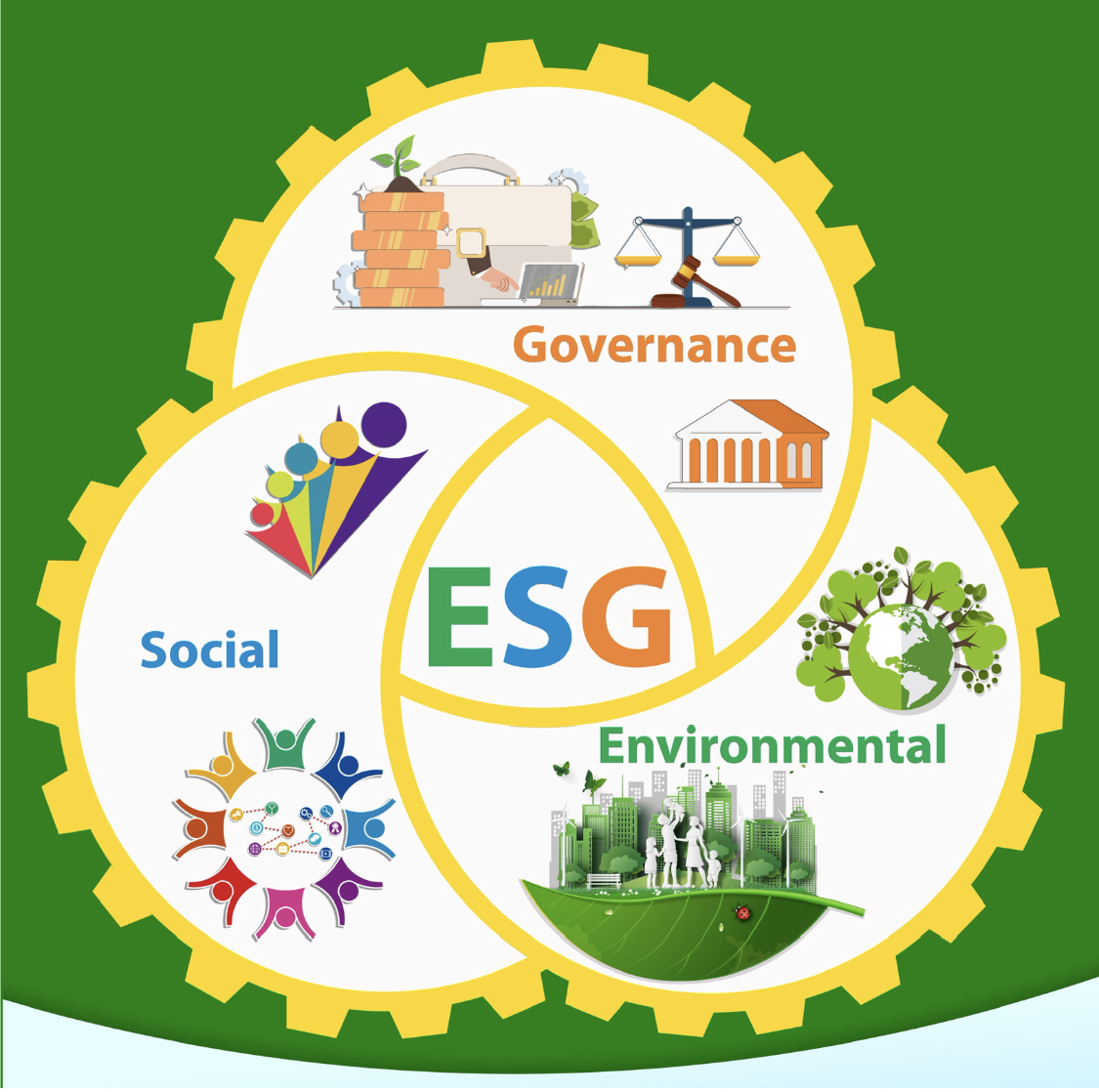
Knowledge Base
Apr 9, 2023, by Eric Hill
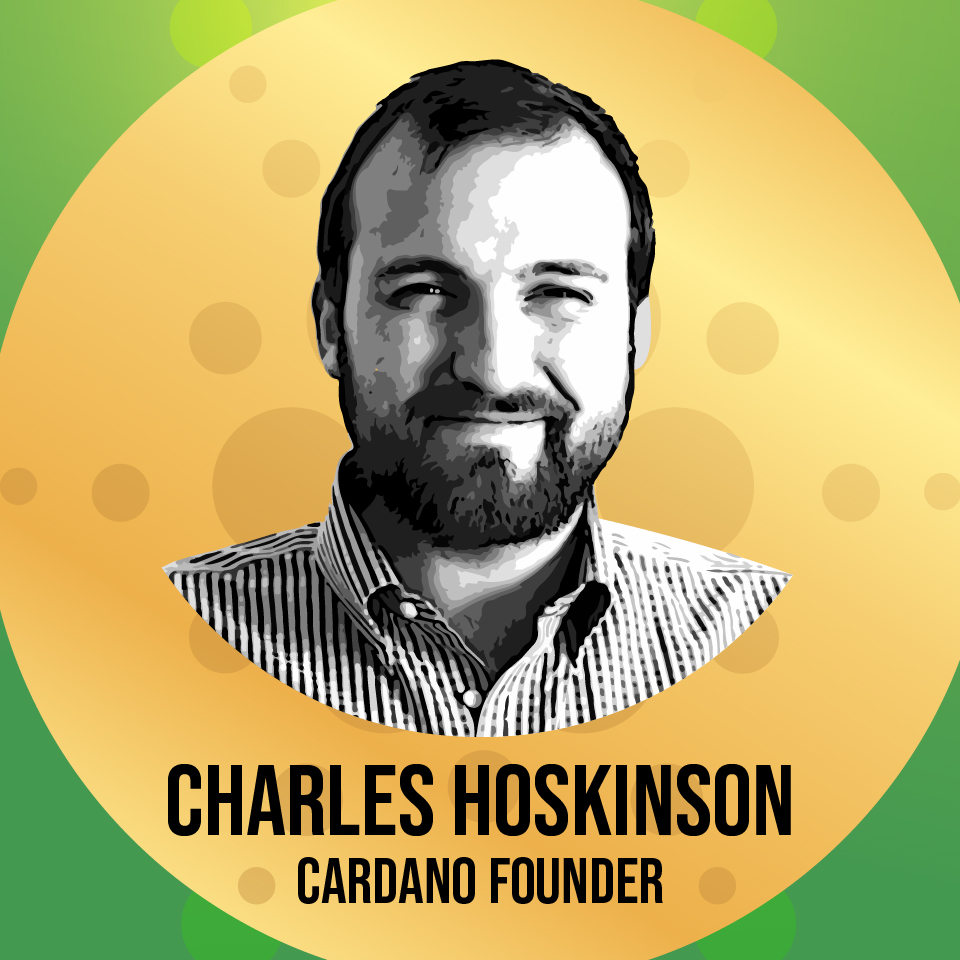
Knowledge Base
Mar 22, 2023, by Eric Hill
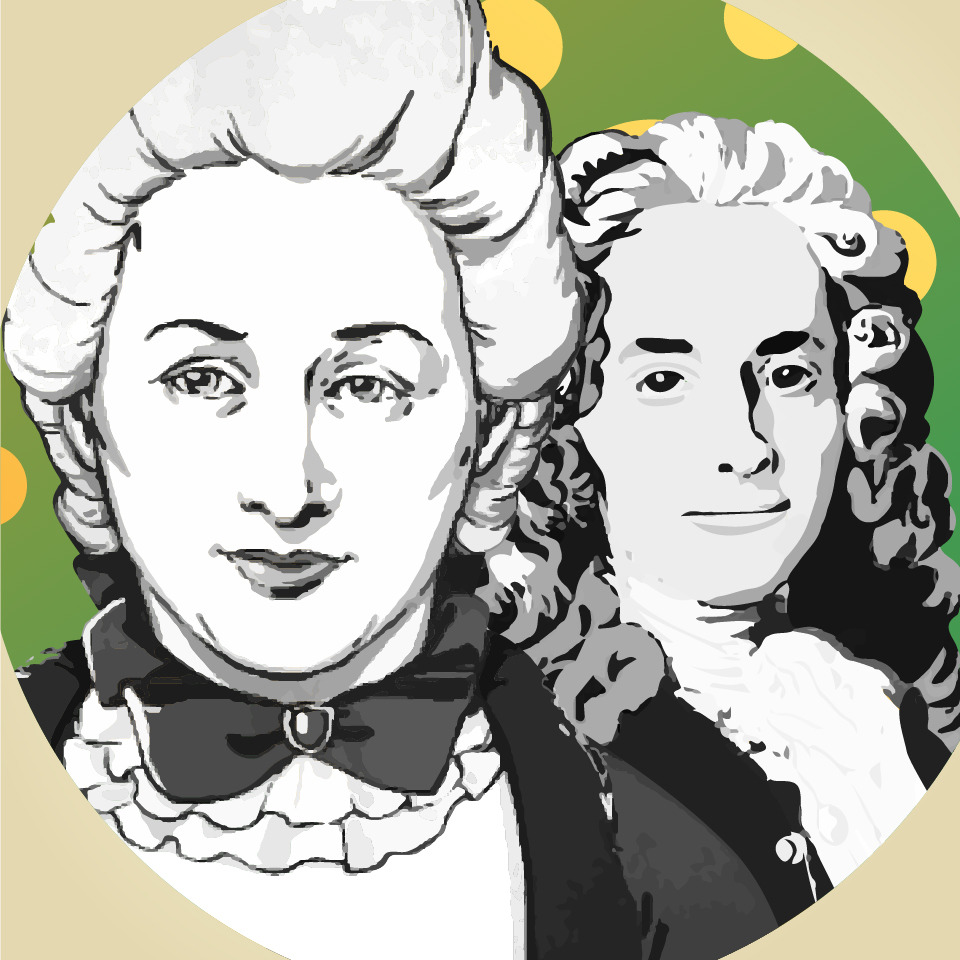
Knowledge Base
Oct 22, 2022, by Eric Hill